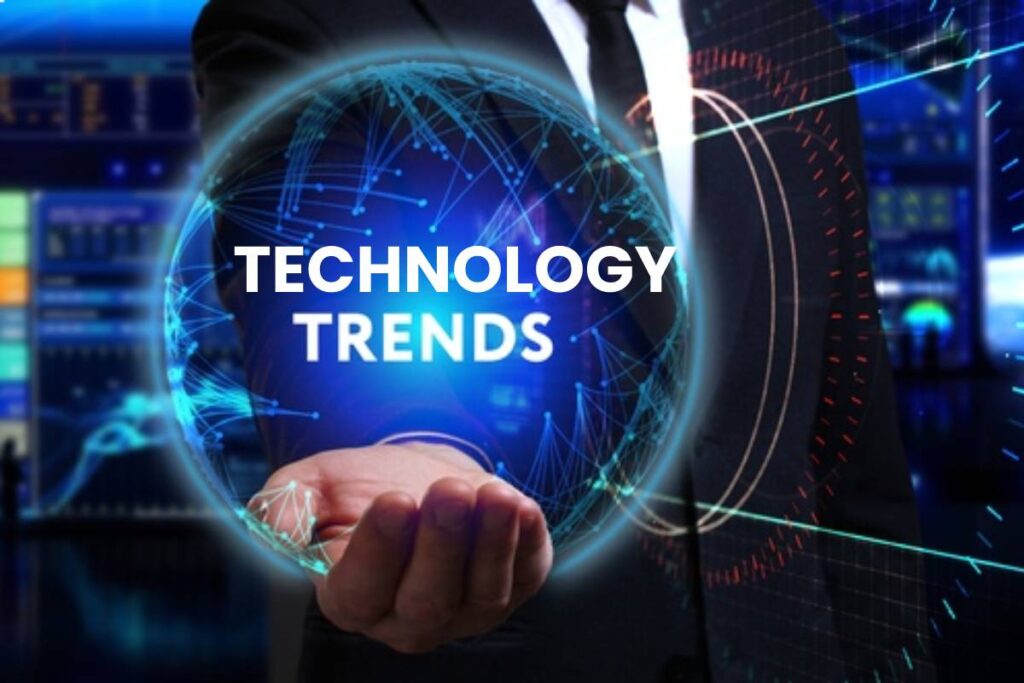
Status: Final Blueprint
Author: Shahab Al Yamin Chawdhury
Organization: Principal Architect & Consultant Group
Research Date: January 19, 2025
Location: Dhaka, Bangladesh
Version: 1.0
1. Executive Summary
The 2025 IT risk landscape is defined by the industrialization of cyber threats and the obsolescence of traditional, reactive security postures. Adversaries now leverage AI-driven attack platforms, operate sophisticated Ransomware-as-a-Service (RaaS) ecosystems, and systematically exploit global supply chains. In response, organizations must pivot to a new paradigm of proactive resilience. This requires a fundamental shift from periodic reviews to continuous monitoring, from static rules to adaptive, AI-driven controls, and from a reactive defense to a proactive posture of threat hunting and risk anticipation. This blueprint outlines the primary emerging risks and the corresponding evolution in control strategies necessary for survival and resilience in this new era.
2. Emerging IT Risk Landscape
2.1 AI-Driven Cyber Threats
Artificial Intelligence is no longer a theoretical threat; it is a force multiplier for adversaries at every stage of the attack lifecycle. Threat actors use AI to automate hyper-personalized phishing campaigns, generate deepfake audio and video for social engineering, and create adaptive malware that can autonomously alter its behavior to evade detection. The emergence of autonomous AI agents introduces novel risks, as these agents can independently identify vulnerabilities and execute complex attacks without direct human intervention.
2.2 Ransomware-as-a-Service (RaaS)
Ransomware has evolved from a simple malware threat into a mature criminal enterprise. RaaS platforms provide affiliates with the tools, infrastructure, and support needed to launch attacks, lowering the barrier to entry. The primary innovation is multi-extortion, where attackers combine data encryption with data theft, DDoS attacks, and direct customer harassment to maximize pressure on victims.
| Extortion Tactic | Description |
| Single Extortion | Data is encrypted; ransom is for the decryption key. |
| Double Extortion | Data is exfiltrated before encryption; ransom prevents public data leaks. |
| Triple Extortion | Adds DDoS attacks or direct harassment of the victim’s customers. |
| Quadruple Extortion | All of the above, plus harassment of the victim’s partners and suppliers. |
2.3 Supply Chain & Third-Party Risks
An organization’s security is only as strong as its weakest partner. As reliance on cloud services and third-party software deepens, the supply chain has become a primary attack vector. Attackers compromise a single trusted vendor to gain access to thousands of their downstream customers.
| Attack Case Study | Key Control Failure |
| SolarWinds | Lack of software build integrity verification. |
| Kaseya | Ineffective vulnerability management in a widely used MSP tool. |
| MOVEit | Failure to patch a zero-day vulnerability in a popular file transfer tool. |
3. The Evolution of Control Strategies
To counter these advanced threats, control strategies are undergoing a major transformation.
3.1 From Periodic to Continuous Monitoring
The “scan and patch” cycle is obsolete. Resilient organizations are implementing Integrated Security Condition Monitoring (ISCM), leveraging platforms like Extended Detection and Response (XDR) to gain real-time visibility across endpoints, networks, and cloud environments. This enables the continuous detection of anomalies and threats as they emerge.
3.2 From Static Rules to Adaptive, AI-Driven Controls
Static firewall rules and access lists are no longer sufficient. The new standard is a Zero Trust Architecture (ZTA), which assumes no user or device is trusted by default. Access decisions are made dynamically based on a real-time risk assessment that considers identity, device health, location, and user behavior analytics (UEBA). Controls are adaptive, adjusting permissions based on context and risk.
3.3 From Reactive to Proactive Risk Posture
Waiting for an alert is a losing strategy. A proactive posture involves actively seeking out threats and vulnerabilities before they can be exploited. This is achieved through three key disciplines:
| Proactive Discipline | Description | Goal |
| Threat Hunting | Hypothesis-driven searches for adversary activity within the network. | Find undetected attackers. |
| Attack Surface Management (ASM) | Continuously discovering and assessing all internet-facing assets. | Eliminate unknown risks. |
| Risk Quantification | Using models like FAIR to translate cyber risk into financial terms. | Inform business decisions. |
4. Blueprint for Resilience: Maturity Model
Achieving resilience is a journey, not a destination. Organizations can measure their progress using a maturity model that spans from an initial, reactive state to an optimized, proactive state.
| Control Domain | Level 1: Initial (Reactive) | Level 3: Defined (Proactive) | Level 5: Optimized (Resilient) |
| Threat Visibility | Alert-based investigations | Formal threat hunting program | AI-augmented, continuous hunting |
| Access Control | Static firewall rules | Zero Trust principles applied | Fully adaptive, context-aware access |
| Vulnerability Mgmt. | Ad-hoc scanning | Risk-based prioritization | Integrated into CI/CD pipelines |
| Vendor Risk | Annual questionnaires | Regular high-risk vendor audits | Continuous vendor monitoring |